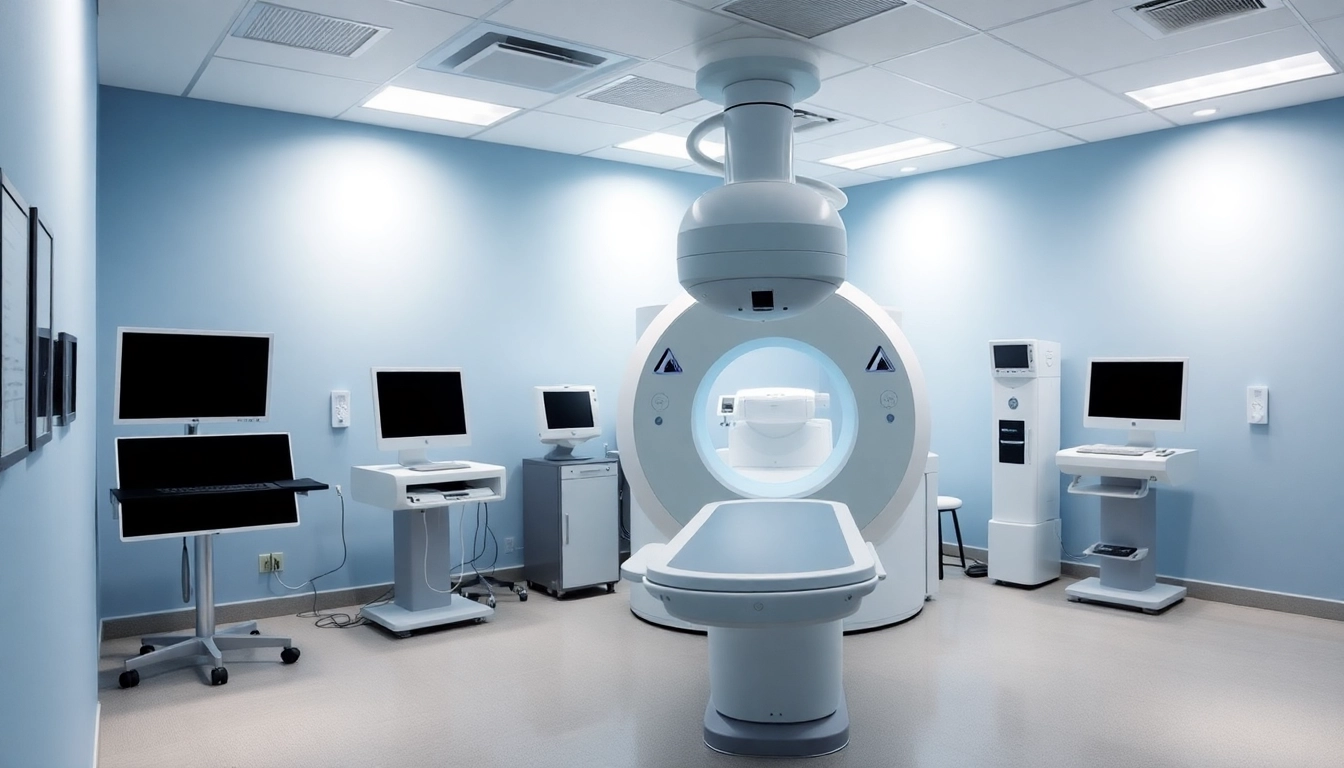Understanding Medical Equipment: Types and Functions
1. Overview of Medical Equipment Varieties
Medical equipment encompasses a wide range of devices and instruments used in healthcare settings to diagnose, monitor, and treat medical conditions. These tools are integral to patient care, providing clinicians with the necessary data to make informed decisions. Broadly classified, medical equipment falls into two categories: diagnostic and therapeutic devices. Diagnostic equipment includes imaging tools like MRI machines, CT scanners, and ultrasound devices that aid in identifying health issues. On the other hand, therapeutic equipment comprises devices like ventilators, infusion pumps, and surgical instruments that assist in treating patients.
2. Role in Diagnostics and Patient Care
The role of medical equipment in diagnostics is pivotal. Diagnostic imaging technologies allow healthcare practitioners to visualize the internal structures of the body, leading to accurate diagnoses of various conditions. For example, portable ultrasound machines enable bedside assessments, providing immediate information that can guide urgent clinical decisions. In addition to diagnostics, medical equipment enhances the quality of patient care through monitoring devices such as ECG machines, oxygen sensors, and pulse oximeters, which track vital signs and overall health status.
3. Key Features to Consider
When selecting medical equipment, it is crucial to consider several key features. Reliability and accuracy are paramount; equipment must deliver precise results consistently. Ergonomics come next, as devices should enhance user comfort while ensuring safety. Furthermore, interoperability is essential, particularly in today’s increasingly digital healthcare landscape where devices need to communicate seamlessly with other systems. Lastly, consider the support and warranties provided by manufacturers, ensuring that technical assistance is available.
Choosing the Right Medical Equipment for Your Practice
1. Assessing Your Healthcare Needs
Every healthcare facility has unique needs based on specialties, patient demographics, and the types of services offered. Conducting a thorough needs assessment involves evaluating current patient load, the types of procedures performed, and future growth projections. Consider engaging staff members from various departments to gather insights about the equipment they require for optimal functionality in their roles. A detailed analysis of these factors will provide a clear roadmap for selecting the appropriate medical equipment.
2. Budgeting and Financial Planning
Budgetary constraints are a significant consideration when procuring medical equipment. Create a clear budget that factors in not just the purchase cost, but also installation, maintenance, and training expenses. Additionally, explore financing options such as leasing, which can be more manageable for smaller practices. Understanding the lifecycle cost of the equipment will help in making informed decisions that align with financial planning.
3. Evaluating Equipment Providers
Choosing the right equipment provider is equally essential. Look for manufacturers and suppliers with a proven track record in the industry, positive customer reviews, and robust after-sales service. It is advisable to compare products across different brands, requesting demonstrations whenever possible to gauge the usability and functionality of the equipment firsthand. A proactive relationship with the provider can also enhance support and service in the long run.
Integrating Medical Equipment in Clinical Settings
1. Installation and Setup Best Practices
The installation process for medical equipment requires careful planning and execution. It is crucial to ensure that the setup aligns with the workflow of your healthcare facility. Consider factors such as space allocation, power requirements, and accessibility to other essential services. Collaborate with specialists for the installation process, ensuring that all equipment is calibrated and tested prior to use to avoid disruption in patient care.
2. Staff Training and Operational Efficiency
Investing in comprehensive training programs for staff cannot be overlooked. Efficient use of medical equipment significantly affects operational efficiency and patient safety. Implement structured training sessions for all relevant staff members to familiarize them with equipment functionalities, safety protocols, and maintenance. Regular refresher courses and updates on new technologies or functionalities can further enhance the proficiency of your team.
3. Ensuring Compliance with Health Regulations
Compliance with health regulations is non-negotiable in healthcare settings. Different types of medical equipment are subject to various regulatory standards, such as those set by the FDA in the United States. Familiarize yourself with these regulations, ensuring that all equipment meets the necessary safety and efficacy requirements. Regular audits and checks can help maintain compliance and ensure that your facility operates within legal and ethical boundaries.
Maintenance and Longevity of Medical Equipment
1. Routine Maintenance Checklist
Regular maintenance of medical equipment is essential to ensure longevity and reliable functionality. Develop a routine maintenance checklist that encompasses daily, monthly, and annual checks based on manufacturers’ guidelines. This should cover essential tasks such as cleaning, calibration, software updates, and battery replacements. Documenting maintenance activities assists in monitoring the performance of equipment over time and can preempt costly repairs.
2. Troubleshooting Common Equipment Issues
Even well-maintained equipment can experience problems. Familiarizing staff with common troubleshooting techniques is crucial. Develop a guide that addresses typical issues and provides step-by-step solutions. For instance, if an ECG machine presents an error message, clear protocols should be available for resolving it or escalating the issue to technical support. Encouraging a culture of proactive problem-solving can significantly reduce downtime in patient care.
3. When to Upgrade or Replace
Knowing when to upgrade or replace equipment is vital for maintaining quality care. Several indicators suggest it may be time to consider an upgrade, such as frequent breakdowns, high maintenance costs, or new technological advancements that enhance patient outcomes. Conduct regular evaluations of your equipment’s performance to determine its efficacy and alignment with the latest healthcare standards and practices. Balance cost-effectiveness with the benefits that new technology can bring to your facility.
Future Trends in Medical Equipment Technology
1. Innovations Transforming Healthcare Delivery
As technology continues to evolve, the medical equipment landscape is witnessing ground-breaking innovations. Emerging technologies such as telemedicine, wearables, and remote monitoring devices are reshaping healthcare delivery. These innovations not only enhance patient engagement but also facilitate timely interventions, leading to improved health outcomes. For instance, portable point-of-care devices enable rapid diagnostics outside traditional settings, such as home care or community health programs.
2. The Role of AI in Medical Equipment
Artificial intelligence (AI) is revolutionizing the development and functionality of medical devices. AI-integrated diagnostic equipment aids in quicker and more accurate detection of diseases through strong data analytics capabilities. For example, AI algorithms can assist radiologists in interpreting images, improving diagnostic accuracy in fields like oncology. As these technologies become more prevalent, incorporating AI considerations in your procurement strategy will become essential for staying at the forefront of healthcare innovation.
3. Preparing for Future Equipment Needs
Preparing for future equipment needs involves staying ahead of industry trends and continuously analyzing changes in patient requirements and technological advancements. Engage in ongoing education and professional development to remain well-informed. Participating in forums, conferences, and workshops provides insights into emerging technologies and best practices. In addition, consider creating a future-readiness plan that includes a roadmap for equipment upgrades, financial forecasting, and staff training that aligns with anticipated changes in the healthcare sector.



